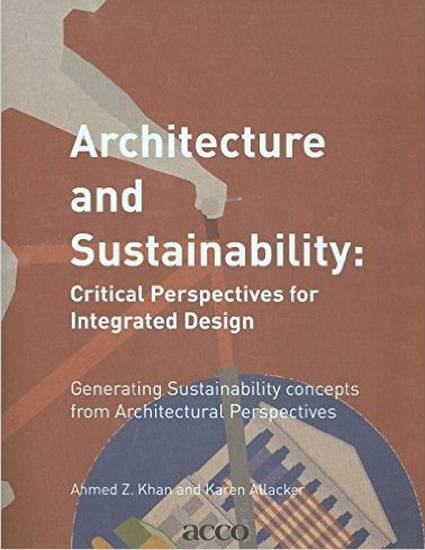
Contribution to Book
BIM-Based Building Performance Analysis in Architectural Practice: When, Why and How
Architecture and Sustainability: Critical Perspectives for Integrated Design
(2015)
Abstract
In architectural design, Building Information Model (BIM) is equivalent to the virtual representation of buildings rich in information of relational nature. Ideal for simulating energy efficient and sustainable design options, it is a means for driving better-informed decisions through the comparison of design schemes and their corresponding analysis. The importance of tracking what type of information is needed for a particular analysis is discussed in this chapter, and the methods for effective use of BIMs to simulate design decisions specifically relating to architectural practice. The chapter discusses what types of analyses should be performed, when and how they relate to the BIM development process in order to determine the best value of sustainable design techniques. A case study from an architectural practice setting is presented to illustrate types of questions, analysis processes and results that are obtained using BIM-based building performance simulation tools.
Keywords
- BIM,
- simulations and modeling,
- performance-based design
Disciplines
Publication Date
2015
Editor
Ahmed Khan and Karen Allecker
Publisher
Sint-Lucas Architecture Press
Citation Information
Ajla Aksamija. "BIM-Based Building Performance Analysis in Architectural Practice: When, Why and How" BrusselsArchitecture and Sustainability: Critical Perspectives for Integrated Design (2015) Available at: http://works.bepress.com/ajla_aksamija/80/
